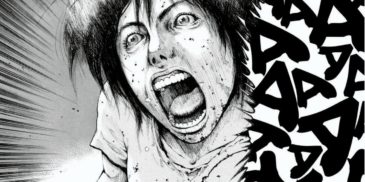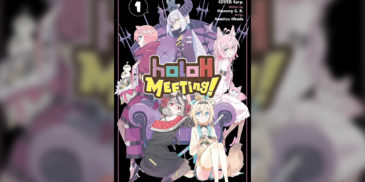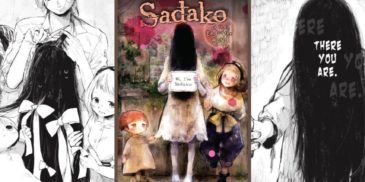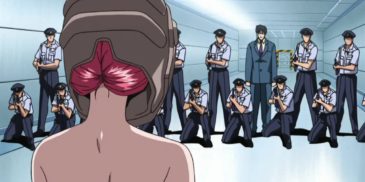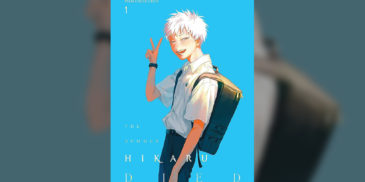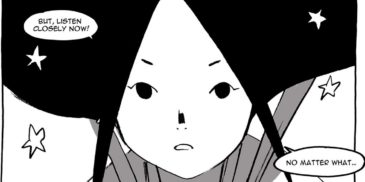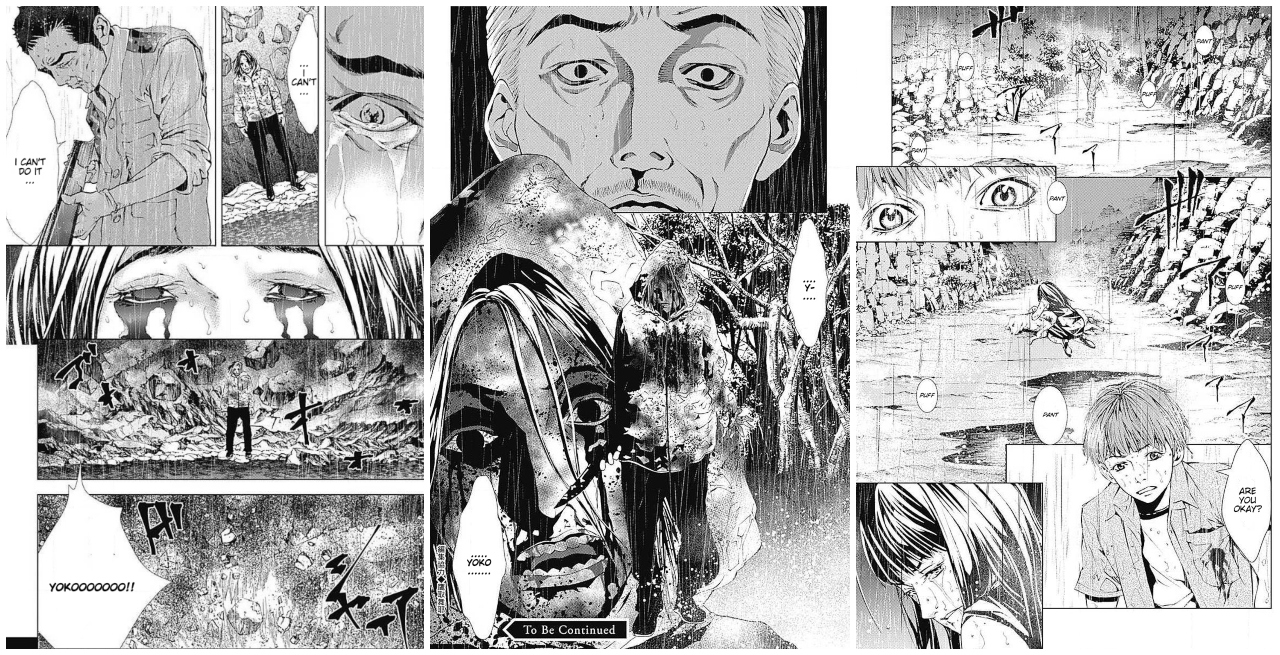
Siren, or Forbidden Siren in PAL areas, is a horror video game series in a Japanese style, created by Keiichiro Toyama (also known for the games Silent Hill 1 and the Gravity Rush series). It consists of three games and numerous expansions into other media such as a movie in 2006, novelizations, magazines, hidden websites, and of course mangas. It is one of the most important J-horror game series. It deals with a lot of mysticism, cults, occultism, and creepy mysteries around isolated places like Hanuda Village or Yamijima Island. The franchise is also well known for its use of sight-jack system (seeing through the eyes of the enemies and other people), its notorious difficulty (at least in the first game), its non-linear narration, its complex stories, its multiple protagonists you play as (each of them having specific peculiarities,) and its multiple archive system that helps the player understanding the plot with many artefacts to find, sometimes beyond the games themselve. Overall, Siren is considered one of the scariest video games franchise of all time, along with Project Zero, Silent Hill, or Kuon.
Several manga series derived from it have been created. The latest one, Siren Rebirth, was released around 2018 in Japan. Since the beginning of 2021, this manga series got a French release as well, a new volume is issued each month, allowing the French fans to rediscover and enjoy their beloved franchise. The series is a retelling of the events of the first game, but re-imagined in our modern times of 2019, now that cellphones and computers are a thing. It revisits the different characters, adding more depth and backstory to each of them, and developing plot points that were only briefly mentioned or read in the game. After reviewing Volume 1 and 2 in another article, now I’ll dive into Volume 3 and 4 which continues the story of Hanuda Village…
Siren Rebirth: Volume 3

Volume 3, in its first half, focuses on the character of Miyako, both her backstory (through flashback) and how she meets the protagonist Kyoya Suda. We get a much of information about how her childhood was – where she she was isolated, lonely, and rejected by her family – and was told she was destined to become a sacrificial lamb. The reader witnesses how miserable she was, and that her dog, Cherub, was not only her eyes but also her only friend. It gives more depth to a character we can’t help sympathizing on, and explains her endearing attachment to her affable dog. This segment also details further about the Kajiro family as a whole. Notably, it develops and revisits the character of Jun who was very secondary in the game but becomes a true villain here. We explore deeper his motivations for power and influence on the family.
Back in the “present”, the way Kyoya and Miyako meet for the first time, and team up to escape the danger, is similar to how it unfolds in the game. The manga still explores their relationship more: Miyako having difficulties to accept his help, then slowly the trust establishes itself and it leads to recreations of some gameplay elements to flee the Shibitos in the rice field (like finding the steel pipe, or Miyako needing help to climb…). Once again, the manga seems to find a perfect balance between providing new information and still staying true to the original material, considering both the experienced players and the readers who are unfamiliar with the game’s story (however, the latter need to pay extreme attention to the details if they want to follow everything).
Subsequently, the volume switches protagonists and concentrates entirely on the twin brothers, Shiro and Kei. We’ve discovered a lot of things about them in the previous volumes (e.g. their origin story, their personality, their struggles, their evolution), but this time the manga explores the conflicts of their respective lives. We see the doubts and weakness of Kei Makino, powerless in front of the failure of the ritual, but also his good heart and his willpower to help people, which leads to him being confronted with the Shibito in a never-seen-before scene. It is a good example of the manga filling the gaps of the game and adding content, while still keeping track with the events (in this case, the scenes take place before he finds Tomoko).
Shiro’s tormented life is explored as well, along with partly revisited, too, as this time we get to know how Mina Honda fell in love with him and became a nurse in the Hospital in Hanuda. The chapter is entertaining whilst increasing the tragic aspect of Shiro’s and Mina’s life in the present days. Shiro’s awful mother– who is a character never shown in the game, but is seen since the first page of the first volume of the manga– still plays a cruel role in his conflicted and heart-breaking destiny. We powerlessly witness his path to the darkness and the point of no return, wondering if things would have been different if the priests had switched their roles. Other new secondary characters, such as the mayor, have been added, and they all play a crucial part in the plot.
Nevertheless, it’s a very good and striking episode, with a lot of things going on. Besides the additional and revisited content, what strikes is how faithfully recreated some scenes are, sometimes reproducing the exact shot of the cutscenes in the game – definitely a delight to some fans craving a more faithful adaptation. It also has very strong and scary Shibito moments – the horror element is retained strongly as necessary to the identity of this series.
As each volume so far has its lot of additional bonuses, this one keeps the Siren tradition of blurring the line between reality and fiction. This one uses a new modern context: it contains a chat conversation between Kyoya and other fans of occultism before he goes to the Hanuda village, which provides new insights and details about his motivations as well as the aura of mystery regarding Hanuda.
Siren Rebirth: Volume 4

Let’s move to Volume 4, resuming after the cliffhanger involving the two separate twin brothers: Priest Kei Makino who just had found the young girl Tomoko, and Doctor Shiro Miyata whom we had left as he met Risa (Mina’s twin sister).
The volume shows very well how Tomoko feels remorseful after running away from her parents’ house, more so than in the game. Besides, the motives that led her to argue with her parents has been altered, to stick with the new timeline: instead of arguing because her parents read her diary. This time, she was upset because her parents stumbled upon her Twitter account and after reading her tweets, discovered she had just faking sickness to skip school. We get to see a couple of new scenes of her interactions with Kei Makino, who “washes away” her sins with a prayer as she begs for forgiveness. We also see how much she (and the rest of the village) admires and relies on Priest Makino, adding to his fears and inner conflicts as he feels he’s not brave enough to protect the village. It adds, once again, more depth to his character as this time he swears to protect Tomoko and bring her back home. Of course, the Shibitos don’t make the task any easier…
The part with Shiro and Risa retells the escort mission of going to the hospital, although the manga seemingly skips the part where Risa is visiting the abandonned house (or should I say shortens it). While Risa is still helpless as ever, Shiro gets new “badass” moments against the enemies, showing how he’s used to deal with the darkness and gets his hands dirty.
The volume proceeds to introduce a character we still had not seen in the manga before, but who played an important part in the game: the hunter Akira Shimura. His personality and his opinions about the Kajiro family are very close to how he is in the game. Many scenes are recreated: his bitter encounter with Naoko Mihama, the way he saves Yoriko from his tower until meeting his fate in front of the river (after explaining the Umi-gari). But more importantly, a big part of the volume is a flashback about his origin story: how he lost his family, how he started to understand how things worked in this village, how he met the previous Miyako. It is a valuable chapter both to understand his character, and to get more lore and understanding on the curse of the village – all what’s going on. We also learn more plot elements thanks to Tamon’s researches in the hospital, and it’s also the first volume where we get to see a Brain Shibito (two, actually, as a very well-known one makes his quick debut at the end of the volume, teasing the next one).
Furthermore, this volume has less scenes involving the Shibitos than the three previous ones, and is more mystery themed due to exploring Akira’s past. However, it still manages to keep the reader interested, and the few Shibito moments are impactful at least. It is also with this volume that we get a glimpse of Datatsushi for the first time (shadow on the sky and decapitated head). Those moments are very ominous and symbolic, especially for readers who are already familiar with the game’s story (and adds mystery for the others).
Needless to say, the art and visual atmosphere are still incredibly spooky and beautiful. These manages, as far as manga can, to recreate the tension and imagery of the Siren games. The Shibito are still dark and disturbing to look out, and the human characters are very “alive” thanks to expressionist drawings and a strong contrast in the black and white. The action sequences are more dynamic than ever. As for additional content, this 4th volume enables access to the Tomoko’s Twitter account as a nice archive.
On the whole, these two volumes are another success for the Siren Rebirth manga, both as an adaptation of Keiichiro Toyama’s Forbidden Siren (PS2) and as a horror manga on its own. Please look forward to the review of Volume 5 and 6 if you want to know whether or not the quality keeps up.
More Manga Reviews
Crueler than Dead Review- Zombie Manga from Ablaze
Crueler than Dead wastes no time starting, dropping us into the story with Maki and a young boy in a small room with no clue what is happening outside. We…
HoloX Meeting! Vol.1 Manga Review – V-Tuber Supremacy
HoloX Meeting! is a two-volume comedy manga series, written by Omcurry G. K. and illustrated by Anmitsu Okada. The manga is based on COVER Corp.’s 6th generation of V-tuber talent…
Sadako at the End of the World Manga Review – Like a Ray of Hope During the Apocalypse
Sadako at the End of the World balances delicately between a cute slice-of-life story and a new entry into the Ring franchise that holds up as true canon. Featuring supervision…
Anime Retrospective: Elfen Lied
Fancy a retro anime review about a kawaii magical girl with an absence of clothes but an excess of psychic killing powers!? Of course y’do! Can you guess what show…
The Summer Hiraku Died: Volume 1 (2023) Manga Review – Uncanny Valley
The Summer Hikaru Died is an ongoing (currently at 4-volumes) slice of life/horror Seinen manga, written and illustrated by Mokumokuren. First conceived while Mokumokuren was studying for his exams, the…
Never Open It: The Taboo Trilogy Manga Review – Japanese Folklore Re-Envisioned
Ken Niimura is a Spanish-Japanese artist who employs a simplified, endearing style to share three stories in this volume of the taboo. Taking inspiration from the Japanese tales he heard…
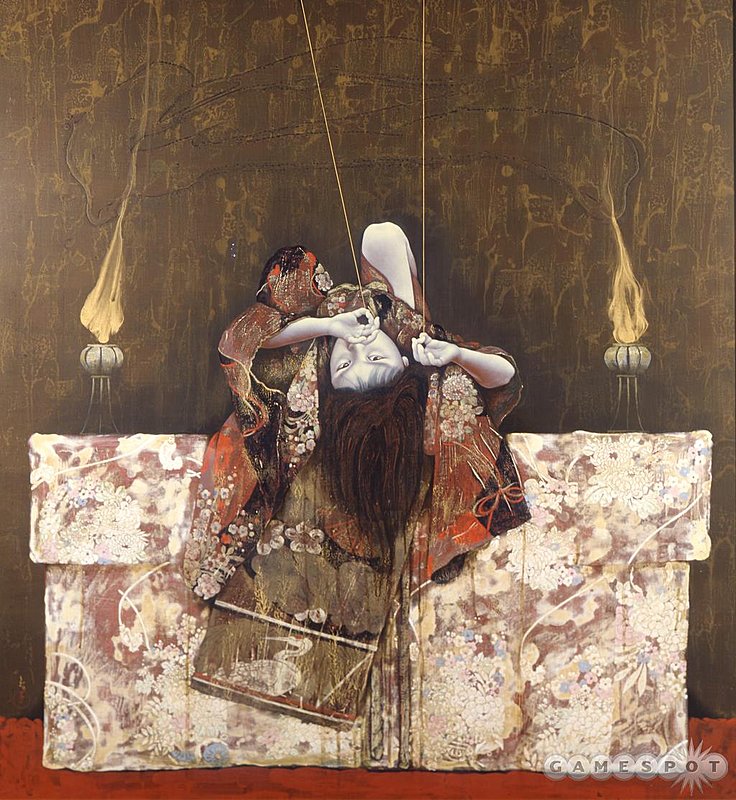
Student and former short film maker, Anthony Auzy always loved scary stories and horror content, with a special fondness for Asian horror. It inspires him for poem books, short stories, short films and videos, and other creations. He like to dig hidden findings that may be overlooked or unnoticed, and I enjoy scary Asian games and spooky reads. Besides watching many J-horror movies, he keens on exploring how the movement was born and expanded in different forms of media, and study its cultural impact.
